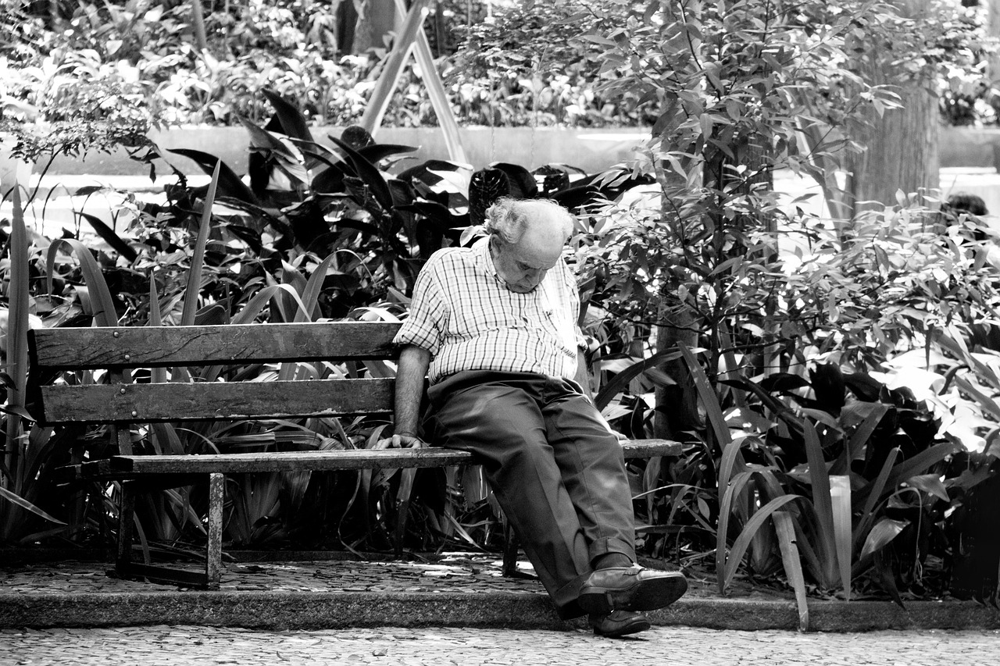
This sleep disorder puts people at ‘very high risk’ of Parkinson’s
- September 13, 2019
- 9 Likes
- 694 Views
- 0 Comments
Not all sleep problems are alike. One of the most startling findings in Parkinson’s research is the discovery that REM sleep behavior disorder (RBD) is a very strong early warning sign of Parkinson’s. RBD is a condition where the normal paralysis that occurs during REM (dream) sleep is lost, so sufferers literally “act out” their dreams – often kicking, shouting or flailing in bed. Multiple studies have now shown that the majority of people diagnosed with idiopathic RBD (meaning no known cause) eventually go on to develop Parkinson’s disease or Lewy body dementia. In fact, recent research indicates that more than 70% of individuals with RBD will develop Parkinson’s symptoms down the road. This is why experts describe RBD patients as being at “very high risk” for future neurodegeneration.
- Acting out dreams: Patients with RBD may punch or kick their sleeping partner, vocalize frightening dreams, or fall out of bed. This suggests early dysfunction in brainstem areas. Clinicians now know that such dream-enacting behaviors often herald impending Parkinson’s or dementia.
- Brain changes: Imaging studies of people with RBD (but no Parkinson’s yet) show early signs of dopamine-system decline and brain inflammation. For example, RBD patients exhibit elevated microglial activation (inflammation) in brain regions prone to Parkinson’s. This supports the theory that pathological processes are already underway long before tremors or movement problems appear.

Other prodromal (early) symptoms can hint at Parkinson’s, such as loss of smell or constipation. But RBD stands out for its predictive power. Sleep specialists and neurologists regard an isolated RBD diagnosis as nearly synonymous with a high likelihood of eventual Parkinson’s or Lewy-body dementia. Some studies report that up to 80–90% of idiopathic RBD patients develop a synuclein-related disease within 10–15 years. In short, RBD isn’t just “another sleep disorder” – it’s effectively a red flag for neurodegeneration.
Recognizing RBD has important implications. Although we currently cannot prevent Parkinson’s, diagnosing RBD can allow at-risk individuals to be monitored closely for early signs of disease. It also means that researchers can recruit RBD patients into clinical trials of neuroprotective treatments before brain damage is extensive. In the future, therapies that target brain inflammation or other changes seen in RBD may emerge. For now, the take-home message is clear: acting out dreams warrants neurologic evaluation. For patients and doctors, REM sleep behavior disorder serves as an early warning sign – a “window of opportunity” – to prepare for possible Parkinson’s with early interventions and planning. In other words, getting diagnosed with RBD means you are in a very high risk category, and should alert clinicians to watch carefully for the first motor signs of Parkinson’s.



Leave Your Comment